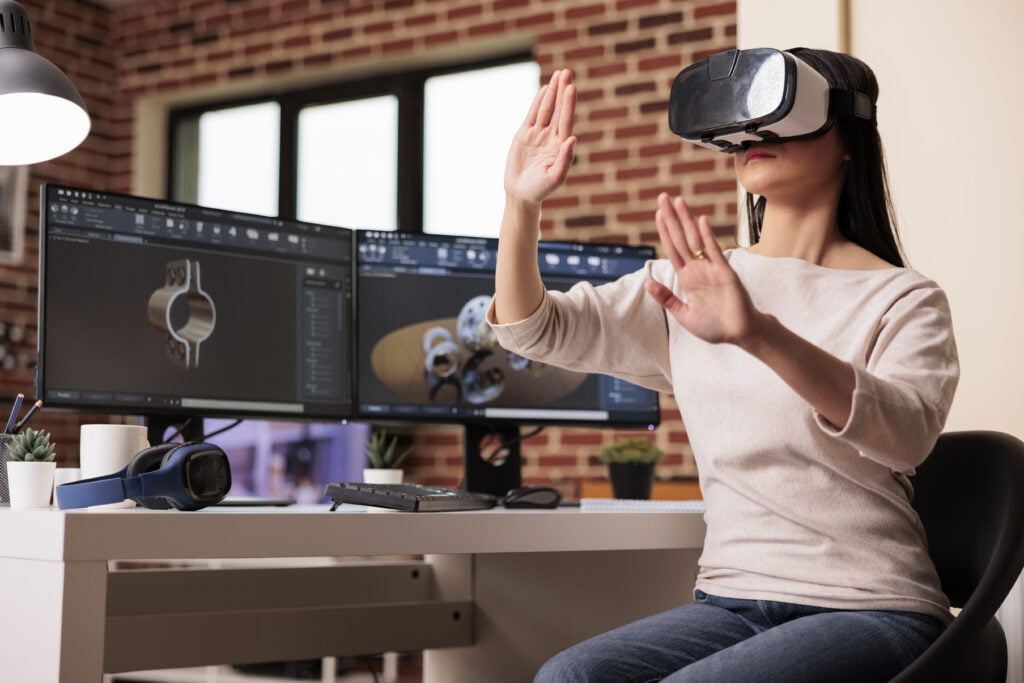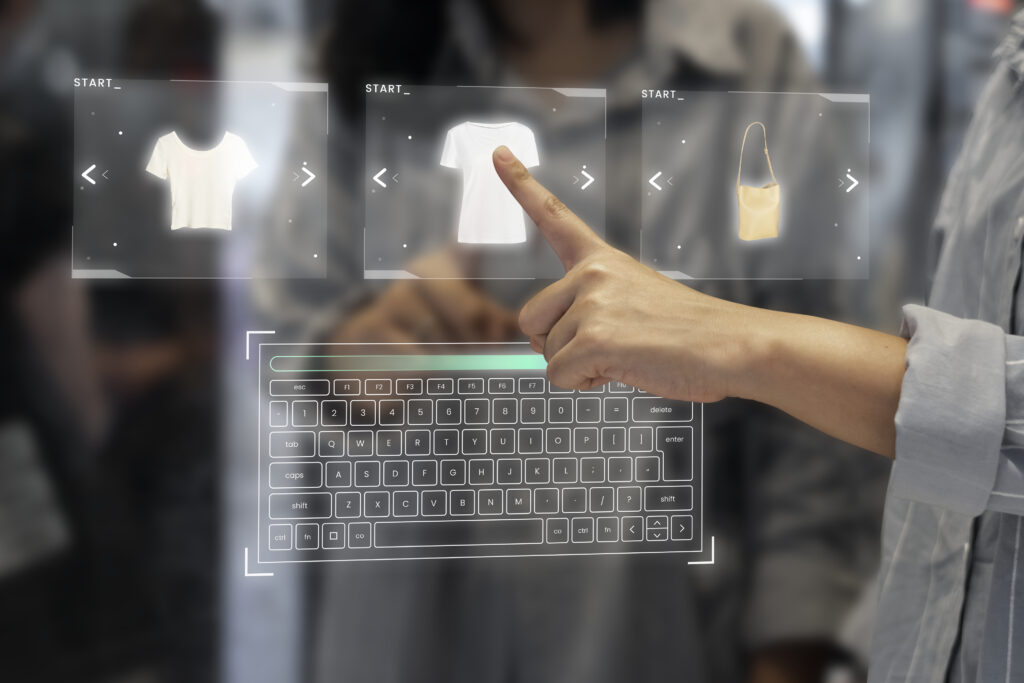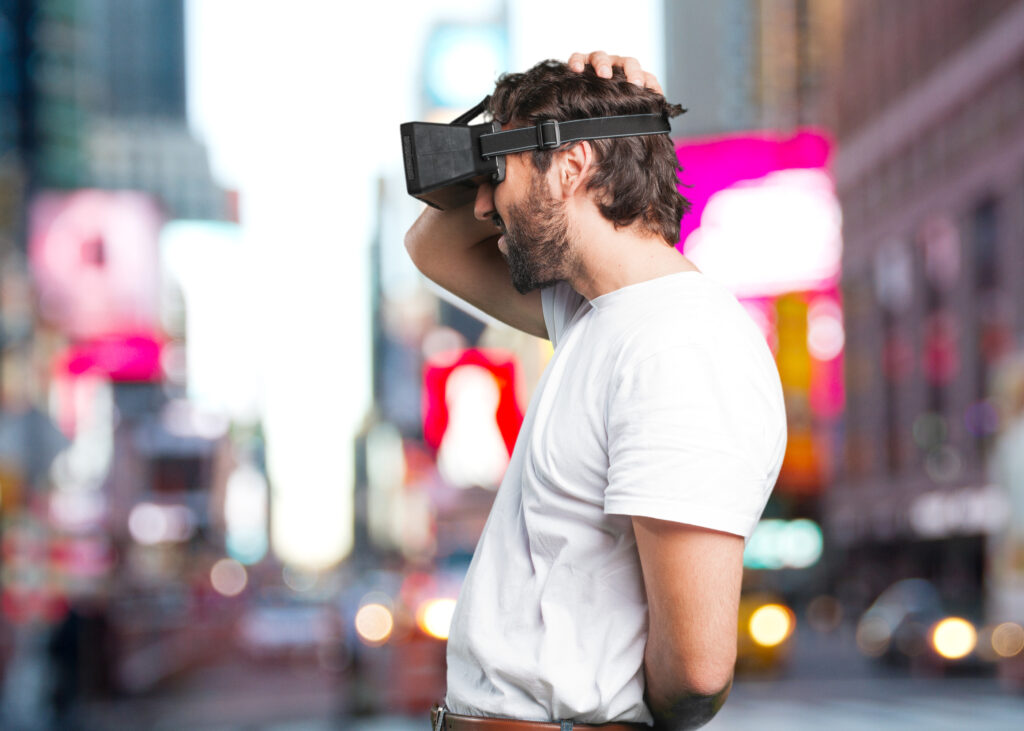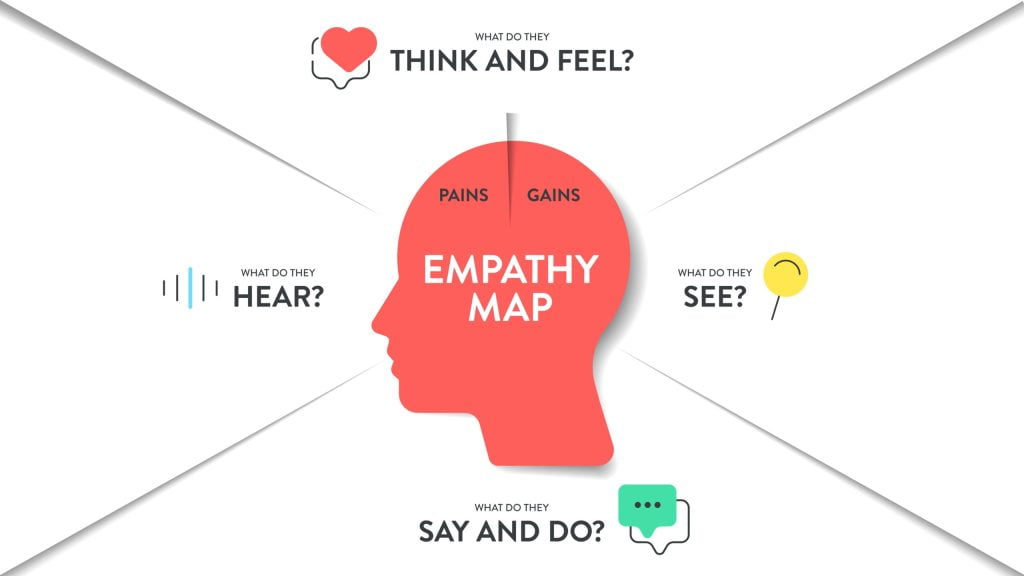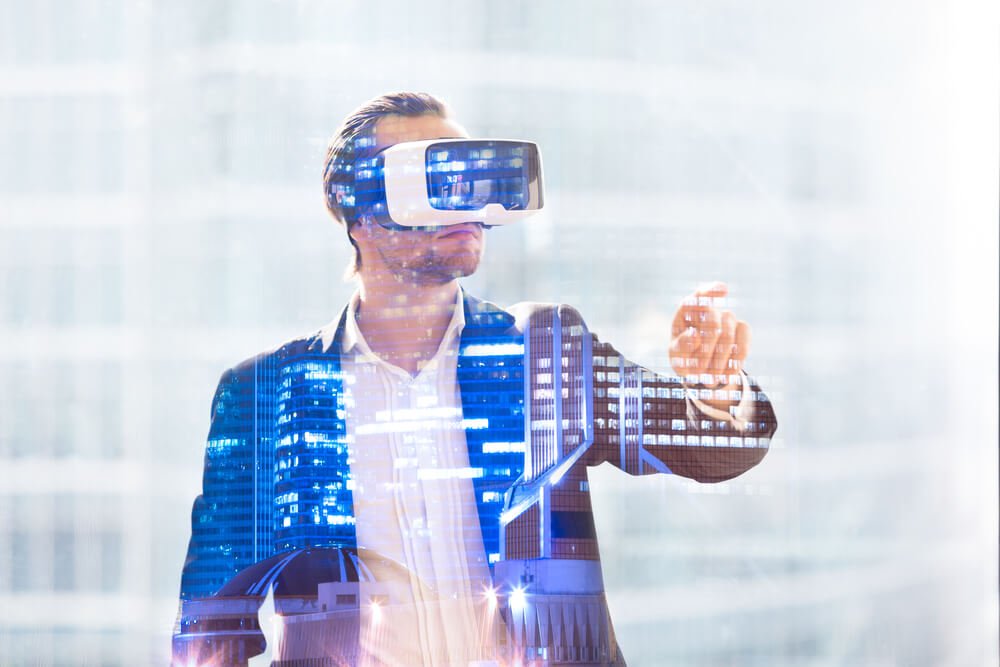VR and AR in financial data visualization
Table of Contents:
When people think about VR (virtual reality) and AR (augmented reality), video games are what usually first comes to their minds. However, there is another world of VR and AR that is growing – the financial industry. Such organizations and institutions have been trying to incorporate the latest technologies into their services. Thus, virtual and augmented reality has started to make a relevant impact on banking and financial services. VR data visualization, AR data visualization – how do they work? Is VR in financial data a breakthrough?
VR and AR in financial data
Data has always been a critical resource for institutions and organizations. Businesses need data to both function normally and stave off competition. Data creates the core of strategies formulated by businesses, including financial institutions, to predict what customers need and what the competitors are up to. In the last few years, rapid technological developments have enhanced the way financial organizations can deliver their services and the financial industry no longer has to depend entirely on human input to collect, manipulate, and use data.
Data is something that has seen a rapid growth in relevance in recent years. All industries, including the financial sector, are processing more and more of it each day, but simply gathering and analyzing large volumes of data is no longer enough. Using the insights is crucial too, which is where data visualization comes in. Big Data, machine learning, AI – they have become an integral part of our daily lives. Being able to visualize data is a crucial tool financial institutions use to help them make important decisions. Not only is it helping high-level staff to formulate long-term strategies, but it is also enabling quick responses in everyday operations.
Virtual and augmented reality add to this experience and make it much easier to visualize and organize amounts of information. AR and VR in financial data allow the creation of immersive 3D environments to, for example, analyze financial information and stock portfolios with higher-than-ever accuracy. Virtual Reality and Augmented Reality in financial data is a 3D reality for insights and data immersion. The technology brings multi-dimensional data analysis, new patterns, and better decision-making. Virtual Reality data visualization enables businesses to get a clear, comprehensive picture to perform analyses of high-dimensional statistics.
VR in financial data – Virtual Reality data visualization
Thanks to virtual reality, the data visualization process can be more interactive and immersive. VR in financial data enables users to view data from a completely different perspective. The process is turned into an experience and the user can immerse themselves in a virtual world full of data to gain insights at both the macro and micro level. Virtual Reality data visualization definitely brings innovative benefits to the world of financial technology. 3D data visualization allows users to imagine multiple data sets in immersive experiences that make insights much more intuitive. Financial information, graphs, and charts can be presented in a 3D visual space, and it becomes much easier and more intuitive to draw relevant connections and engage with models to anticipate possible outcomes. All you need is a headset to find yourself literally immersed in the financial world. Here are some real-life examples of VR in financial data:
- To make sense of the data collected from the supply chain, thus accelerating an understanding of what processes relate to each other.
- 3D data manipulation through an AI-driven visualization VR tool that allows companies to get actionable insights quickly.
- Platforms developed for cybersecurity operations. These enable users to take command and control of complex networks, which in turn facilitates better and faster decision making.
- VR apps that take hundreds of variables to reduce dimensions to a handful of data points. For example, they can collect data of global company valuations as a subset of the entire market or evaluate multiple companies and project the valuation across the globe.
- Data visualization libraries that can be used in the VR space.
To sum up, Virtual Reality data visualization answers the question of how to view and process large amounts of data at one time. Anything that can be imagined can be created – virtual reality makes it possible for an analyst to have an entire room full of screens and 3D graphs. Instead of the traditional mode of presentation, they can become immersed in the data, walk into it, and see walls of the information displayed simultaneously. Thus, it is much easier for decision-makers to act on multi-variable relationships. Thanks to VR data visualization, financial information can be communicated as effectively and memorably as possible.
AR in financial data – Augmented reality data visualization
Augmented reality allows data to be brought out of the screen and visuals to be overlaid in the 3D space we live in. Thanks to AR, we get a clearer context to the information we are analyzing. Data navigation and gaining insights are much easier and more intuitive, even in situations that involve multiple dimensions or attributes. AR in financial data visualization allows a computer-generated 3D model to be superimposed onto a real-world environment in real-time. This can then be manipulated or probed interactively, just like it is part of the real world. AR data visualization is a more user-friendly way to perceive and analyze financial information. It enables the user to easily uncover important trends, anomalies, gaps, and patterns that would be impossible to spot using traditional charts, graphs, presentations, and spreadsheets.
Here are some real-life examples of Augmented reality in financial data.
- Wearing AR devices, analysts and decision-makers can walk around in physical space to see the correlation between variables presented in an interactive format. Gestures can be used to interact with the visuals.
- AR platforms that have real-time analytics to allow remote teams to work together on certain financial data. Hundreds of financial data points are displayed in the most interactive way. AR data visualization enables analysts to predict maintenance, detect and respond to threats, and solve decision-making problems.
To sum up, using AR in financial data may solve many issues from a narrow visual angle, navigation, and scaling, etc. From a financial data visualization point of view, multidimensional systems cause many scaling issues as branches of information are presented separately. Augmented reality provides a way to increase the usability of visualization systems.
Why you should use VR and AR in data visualization
Virtual and augmented reality now represent one of the biggest and the most relevant trends in financial data analysis and visualization. VR and AR allow users to see all their data at once, enabling a holistic view of the data. Such an accomplishment is impossible with traditional data visualization based on 2D presentations, graphs, and reports. AR and VR data visualization makes cognitive processing of data faster and more efficient. Users can view data from a different standpoint, turning data visualization from a simple activity into a wholesome experience. With such abilities, the financial industry can lessen the gap between theory and practice and speed up the development in performance.
Virtual and augmented reality data visualization is a method to work on data visualization scalability. The technology gives analysts and financial sector professionals a chance to view their datasets holistically in a limitless environment. Data can be accessed and analyzed by multiple people at the same time, which makes the scale even greater. Increased immersion means increased focus and multiple positions can be used to communicate data attributes. Ultimately, the 2D barrier is finally broken down and data can be presented in a multi-dimensional format.
Last but not least, Virtual Reality and Augmented Reality data visualization is… fun! Users can literally step into the data, which makes the process of data visualization interactive and interesting. The days of endlessly poring over spreadsheets and reports is now over! It’s time to bring immersive experiences to the financial industry and, if you do, you will undoubtedly see the countless benefits in no time at all.
Read also about VR in Retail Workplace.
Author: Rafał Siejca
Rafal has over twenty years of corporate experience, including roles at Millennium Bank, Comarch, and leading software teams at PZU, one of Europe’s largest insurance companies.As one of Poland’s few true VR experts with a decade of experience, he ensures timely, high-quality project delivery as CEO and CTO.


